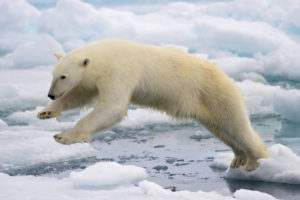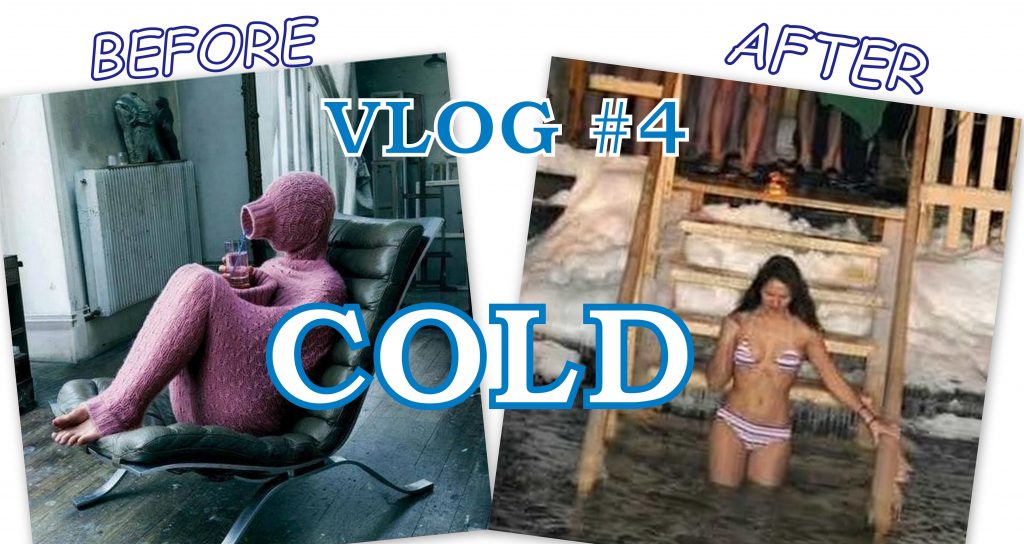Let’s rewind the clock back to the age of the dinosaurs!

Primitive reptiles became extinct around 65 million years ago, following a major meteorite impact (Cretaceous-Tertiary extinction event) at the Chicxulub crater in Mexico. This was followed by several months or even years of darkness and cooling, so whoever survived this must have the information in their DNA to survive, and we are their descendants. One of the great survivors of this event may have been the mammals of the Eutheria taxonomic group. The meteor’s destruction may have occurred in winter, when the lucky ones hibernated underground. We have this program in us, we just don’t use it because we need an environmental stimulus to bring it out!
Archaeological evidence of prehistoric man in what is now England has been found dating back to about 800,000 years ago (Ashton, 2014), when clothing was not common, which, according to the evidence so far (Toups, 2011), began about 170,000 years ago. Humans became very sedentary compared to other animals, and learned to shape their environment to their own ideas, beginning to protect themselves from the cold by clothing and heated houses. It was forgotten that we are actually descended from cold animals, so there must be a programme in our DNA to cope with harsh conditions.
There are organisms in seas 7-8000 metres deep where, in addition to the cold, they have to endure the pressure of a huge column of water, but there are bacteria in heat sources around 400°C where the water cannot boil because of the high pressure. It looks very much like life evolved in extreme conditions first and only then adapted to the cyclical warm climate. It is true that our direct ancestors evolved in warm Africa for a long time, but they are, if we turn the clock back, descendants of these extreme creatures. Blood does not turn to water. Some species – such as whales, salmon, emperor penguins – go for months without eating for part of the year, thanks to their cold-adapted metabolism.
What is a cold-adapted metabolism good for?
- Reduced inflammation
- Improved stamina
- Reduced fat accumulation in internal organs
- Reduced pain
- You can forget the urge to snack, your appetite is reduced
- Reduced blood sugar levels
- Increased fat metabolism
- Improves adrenal gland function
- Improves thyroid function
- Improves sleep quality
- Improves sexual performance, libido
- Longer life?
Of course, it’s not so easy to bring this up in today’s world because it’s uncomfortable at first, but many have, see the amazing feats of Dutch ice-man Wim Ho, or Tibetan monks practicing tummo meditation. The complete changeover is only theoretical for the moment (I think you have to walk naked and sleep outside all year round…), but you can try it as a cure, because there are many benefits.
If you want to delve into the theoretical background and practical application of cold metabolism, I recommend Dr. Jack Kruse’s Cold Thermogenesis or read my book Beyond Paleo (currently in Hungarian only)!
In the next section, I’ll give you practical tips on how to do ‘cold thermogenesis’!
Check out my VLOG about How to make friendship with the cold! (Hungarian with English subtitles)
References:
- http://www.jackkruse.com/cold-thermogenesis-1-theory-to-practice-begins/
- https://jackkruse.com/cold-thermogenesis-two
- Ashton N, Lewis SG, De Groote I, Duffy SM, Bates M, Bates R, Hoare P, Lewis M, Parfitt SA, Peglar S, Williams C, Stringer C. Hominin footprints from early Pleistocene deposits at Happisburgh, UK. PLoS One. 2014 Feb 7;9(2):e88329.
- Toups MA, Kitchen A, Light JE, Reed DL. Origin of clothing lice indicates early clothing use by anatomically modern humans in Africa. Mol Biol Evol. 2011 Jan;28(1):29-32.
- Jack Kruse: Epi-paleo RX: The Prescription for Disease Reversal and Optimal Health. Optimized Life PLC, 2013
- Sáfrán Mihály: A paleón túl, 2014 (Beyond Paleo – currently in Hungarian only)
